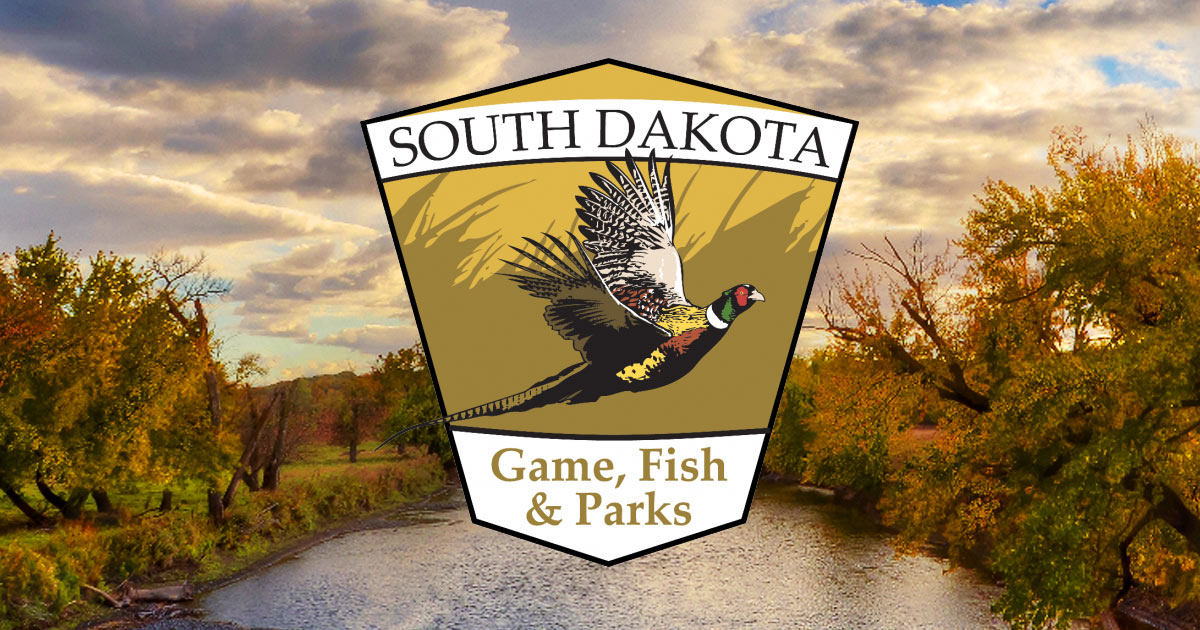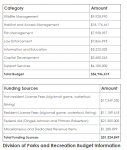I think the key thing is the money. A lot of farmers decided to withdraw from crp when corn prices were high, which caused a loss of a ton of habitat. With less habitat, pheasant numbers dropped. With less places to hunt and less pheasants, revenue (from licenses) for state run programs was lost. We won't have more habitat without more money to make it worth it to restore some fields to prairie again.
I am completely guessing on this, but advertising then (2008ish) was probably easier. There were fewer sources where people consumed media or advertisements. All you needed was an add on outdoor centered tv and in outdoor centered print materials. Now advertising is needed in all of the old sources plus social media. Adds for social media also usually need more work behind them. If they don't catch the eye people will scroll past.
You do bring up a good point though, before the habitat was lost it sold itself. Everybody knew SD was the best place to scratch out a limit of pheasants.
I think SD still is still a quality "product", and will easily "sell" if people come out and experience it. People were turned off from the brood count, and didn't come out. Though if they had bought the license and came out for a few days they would have likely had opportunity to shoot a limit everyday, assuming they put in the work. In Brookings I can drive within forty minutes of town on public ground and have a good chance at shooting a limit after class. According to the old brood counts this area doesn't have a good density of birds, but its still plenty enough to hunt and be successful.
It is by far still worth a trip. There are a crap load of pheasants here. The brood surveys gave people the idea there wasn't birds so they didn't make a trip, but there is still a sh*t load of birds.
I am not sure what South Dakota politicians you are referring to. Our governor hunts, and is very vocal about trying to promote hunting in the state.
Hunting is big business within the state, bringing in 683 million in 2016. Of this, 287 million was pheasant hunting, the next highest being deer at 160 million. This supports 18,000 jobs within the state. Outdoor recreation as a whole brought in 1.3 billion.


